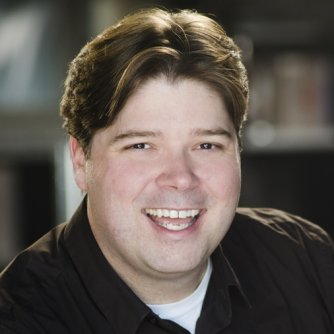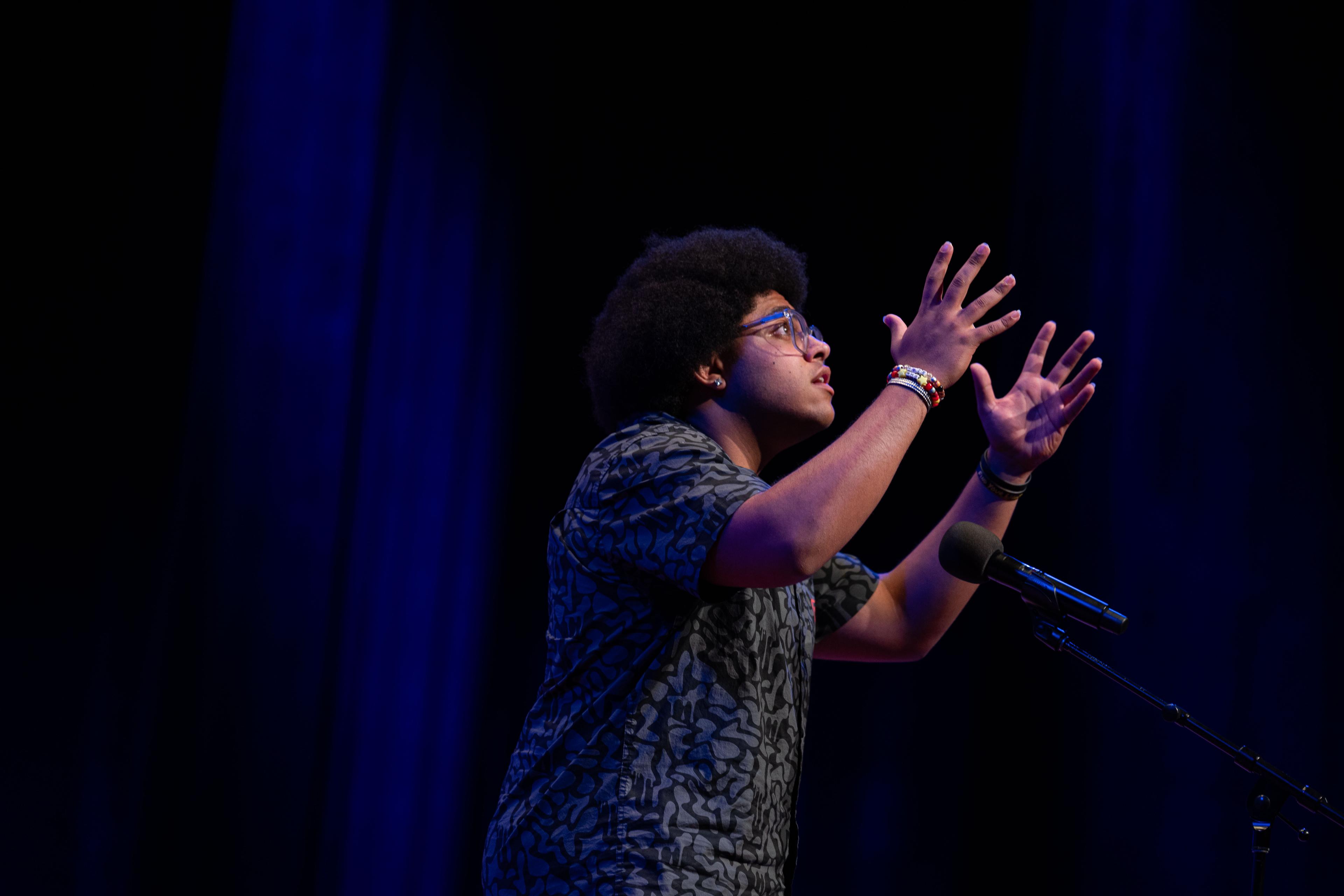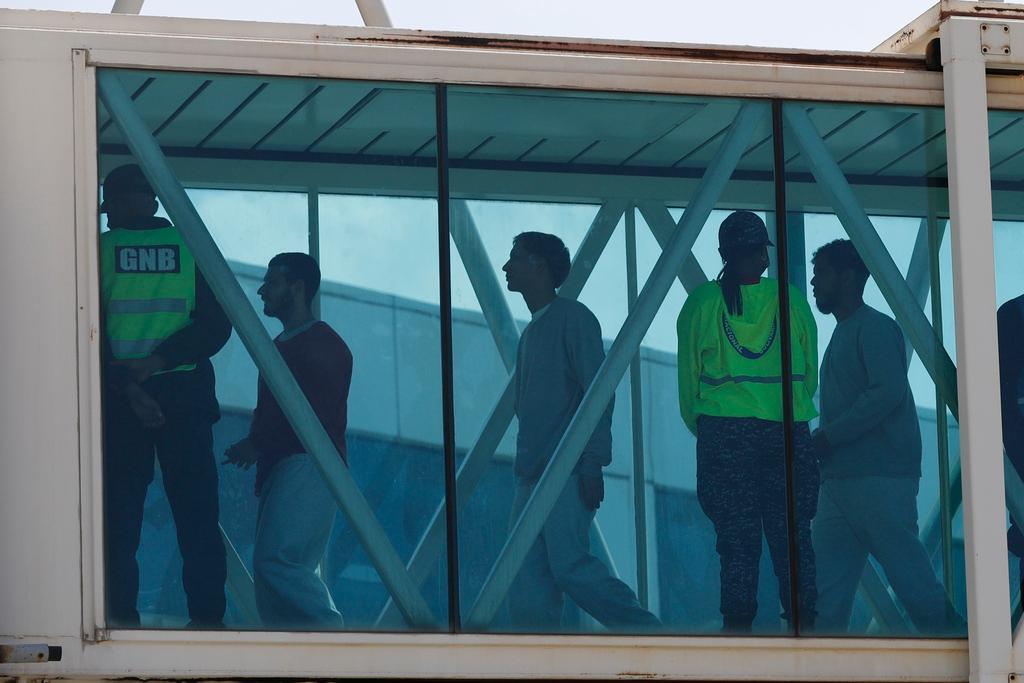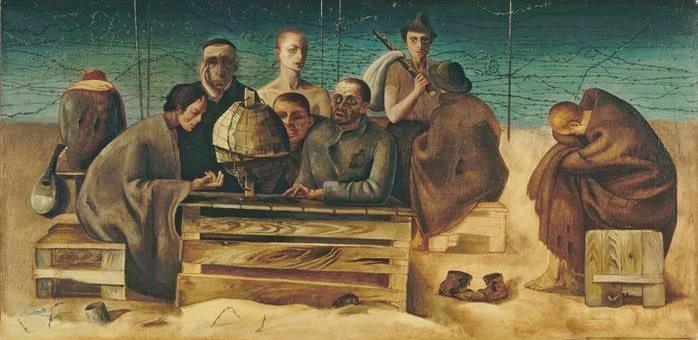
When composer Shulamit Ran sifted through the paintings of painter Felix Nussbaum, she knew the images would inspire her next piece.
Ran, an Israeli-American whose Symphony won the Pulitzer Prize for music in 1991, set out to write a piece for the Pacifica Quartet a few years ago.
The string quartet had recently performed in residence at New York's Metropolitan Museum of Art and asked Ran to write music linked to the visual arts.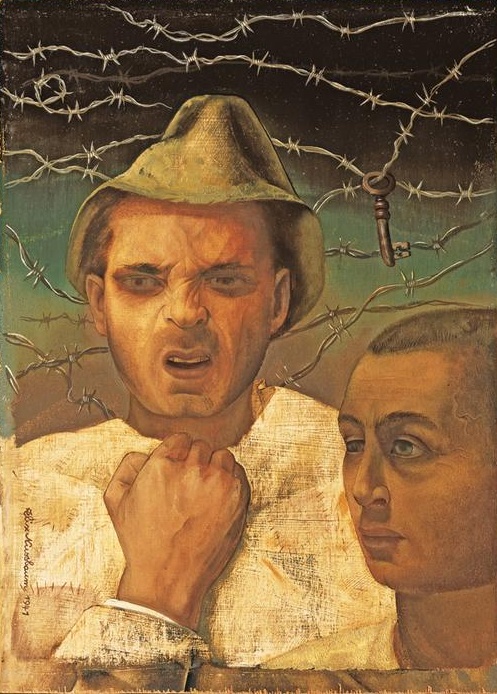 As Ran searched for the right images, she found Nussbaum's bleak and often grotesque scenes from concentration camps and Nazi-occupied Europe.
As Ran searched for the right images, she found Nussbaum's bleak and often grotesque scenes from concentration camps and Nazi-occupied Europe.
"At a point in his life when he was mostly in hiding and fleeing, he painted some powerful art that in some way spoke to the world as it was unraveling," Ran told CPR Classical in an interview from the Aspen Music Festival and School, where Pacifica was performing the piece.
Nussbaum, a German Jew, painted the misery of daily life in the St. Cyprien prison camp where he was held for a few months in 1940. He escaped and spent the next four years evading the Nazis and making art.
He painted self-portraits with barbed-wire backdrops, group portraits of anguished prisoners and worshippers at the camp's makeshift synagogue.

In "The Triumph of Death" -- painted just weeks before his arrest, deportation and murder in Auschwitz in 1944 -- skeletons play music and dance amidst defaced artwork and other debris.

"That's an incredibly powerful, almost epic, panoramic painting that moved me greatly," the composer said.
Ran composed the music and called it "Glitter, Doom, Shards, Memory." Pacifica premiered it in May 2014.
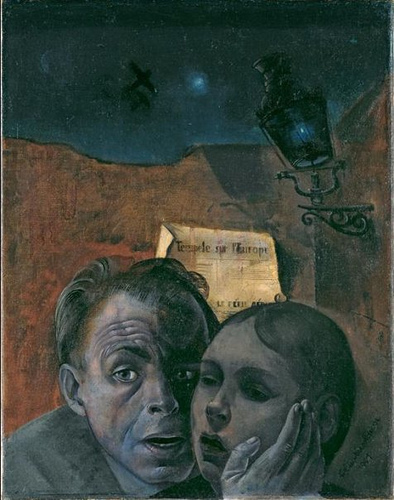
The music doesn't refer to specific paintings like Modest Mussorgsky's "Pictures at an Exhibition" does. Instead, it reflects on ordinary life turning into a nightmare, Nussbaum's drive to create art in spite of the terror that surrounded him, and remembering the millions who died in the Holocaust.
Ran titled one movement of the piece after a quote by Nussbaum: "If I must perish, do not let my paintings die." Nussbaum's story and the fact that his artwork survives inspired the music more than any single painting, she said. But the music ultimately stands on its own even if the listener has no knowledge of Nussbaum.
Unlike many string quartets , the music doesn't have a sense of conclusion or arrival in the final measures.
"Yes, the end dissolves," Ran said. "But I hear, in the very end of the piece, also an element of somehow rising from the ashes. Not in a way that is brilliant or powerful, but ... restorative."
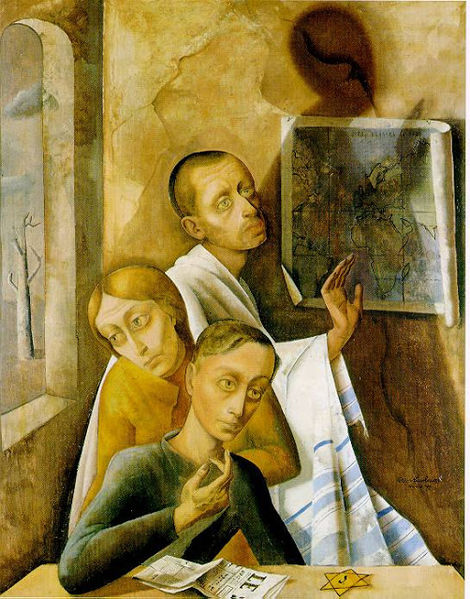
"Music has a way of speaking very subtly at times -- very brutally at other times, but also very subtly," she said. "So this ending I think has to me at least some sense of, 'We have not been eliminated. We’re here.'"
After playing "Glitter, Doom, Shards, Memory" for more than a year, Pacifica Quartet violinist Sibbi Bernhardsson said the group is still finding new things in the score.
"And that’s the sign of a great piece," he said. "When it survives a lot of performances and rehearsals and you still are looking for more things to say in it."
Audiences also embrace the music. Ran pointed to the crowd reaction after Pacifica played the piece at Lincoln Center in New York City.
 "There were quite a few people that came to the stage," Ran said. "They looked at me and I had the feeling they were saying, 'Yes, we’re with you. We understand.' There was something very, very personal -- a very strong connection."
"There were quite a few people that came to the stage," Ran said. "They looked at me and I had the feeling they were saying, 'Yes, we’re with you. We understand.' There was something very, very personal -- a very strong connection."
Bernhardsson and Ran both said they hope to record the piece soon.
Pacifica Quartet is set to perform "Glitter, Doom, Shards, Memory" at two Colorado recitals this year. First, they'll play it at Aspen Music Festival and School on a program with music by Schubert and Ligeti at 8 p.m. Saturday. CPR Classical will broadcast it live as part of the SummerFest concert series.
Pacifica plays the piece again on Wednesday, Sept. 16, at a Friends of Chamber Music recital in Denver. The program also includes music by Mendelssohn and Mozart.
